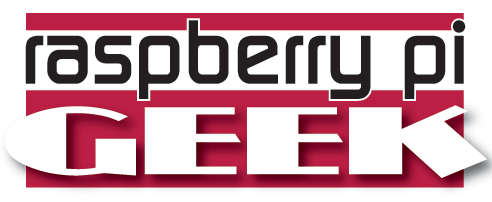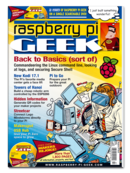The Switch Doc rebuilds his cat toy launcher with 3D printing
Prototyping hardware has always been a difficult business. Hand-wiring boards, breadboarding, and cutting foam and wood to mock up cases was a time-consuming process. In the past couple of years, everything has changed. Printed circuit boards (PCBs) are easy and inexpensive to fabricate. Either make them at home or through one of dozens of fast and accurate prototype board manufacturers.
It no longer makes much sense to hand-wire boards, although during circuit development, it still makes sense to use a breadboard. I expect that will change in the near future. In one of my other lives, I wrote software that would simulate large digital and analog VLSI (very large scale integrated) circuits, which would often allow the design engineer to get it right the first time. The US$ 200K price tag for a set of VLSI masks is a huge incentive to get it right the first time. In my IC design career, I burned huge amounts of computer time, simulating these circuits to work out the bugs before building them. I look forward to being able to do that with my own board designs in the future without purchasing a very expensive CAD system.
With the advent of relatively inexpensive 3D printers, makers can now apply a whole new toolkit to building one-off designs and prototypes.
[...]
Buy this article as PDF
(incl. VAT)







